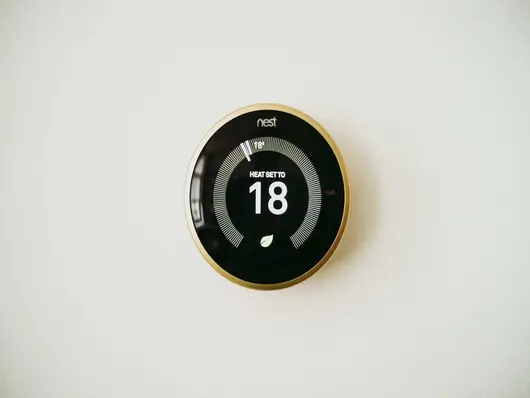
Thermostat
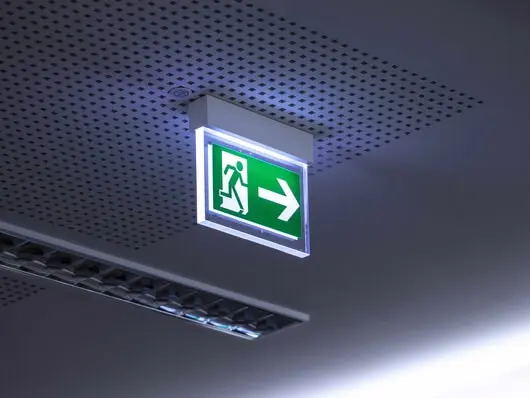
Safety light
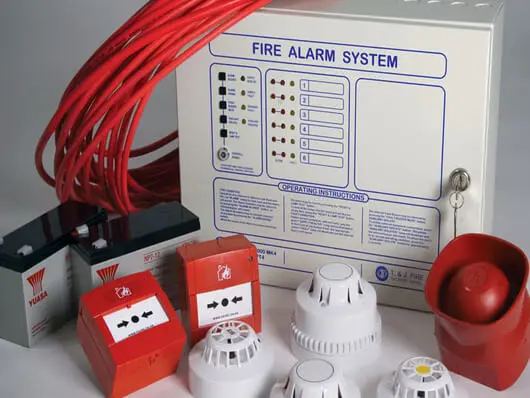
Fire detection system
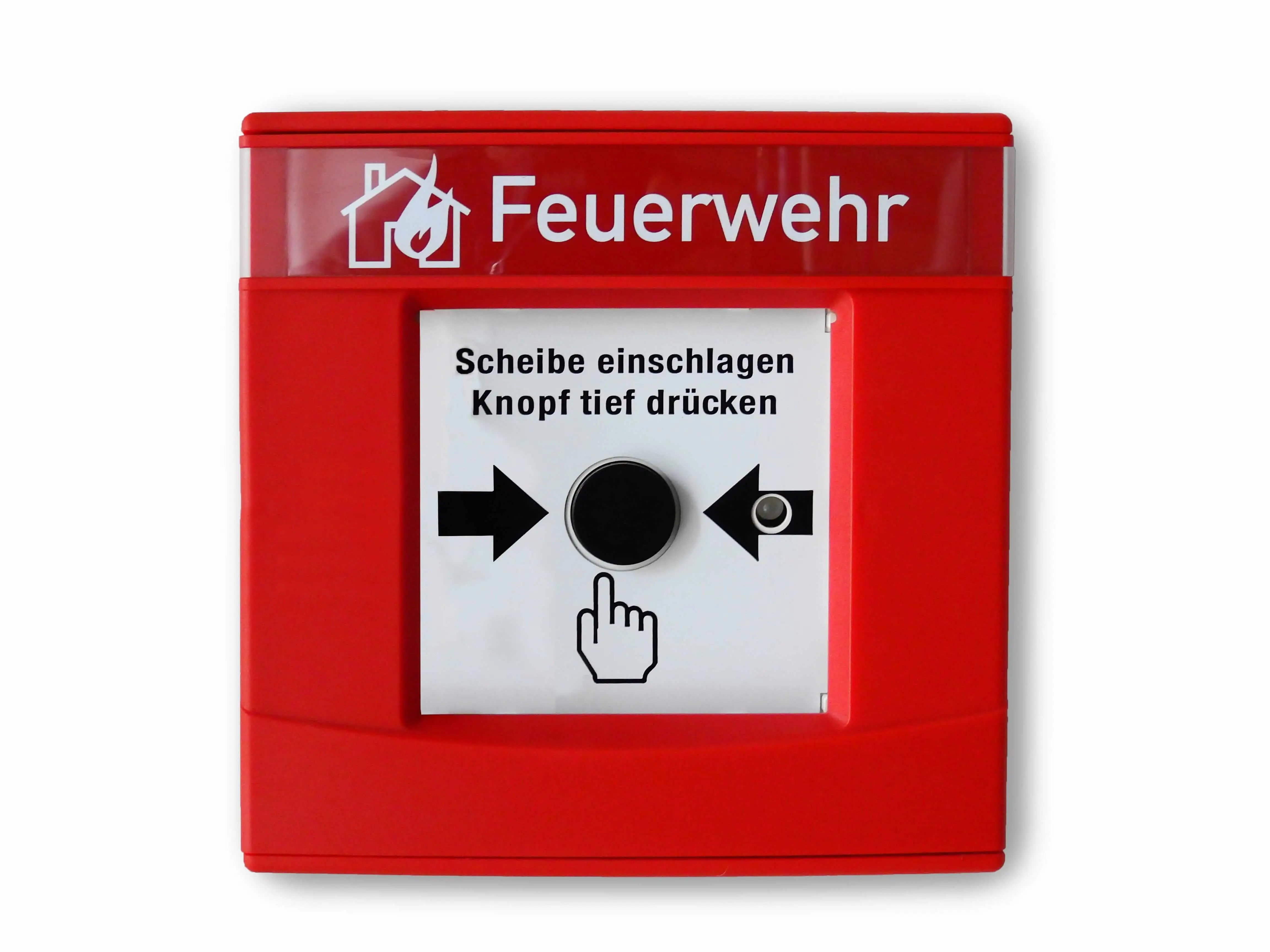
Fire detection button
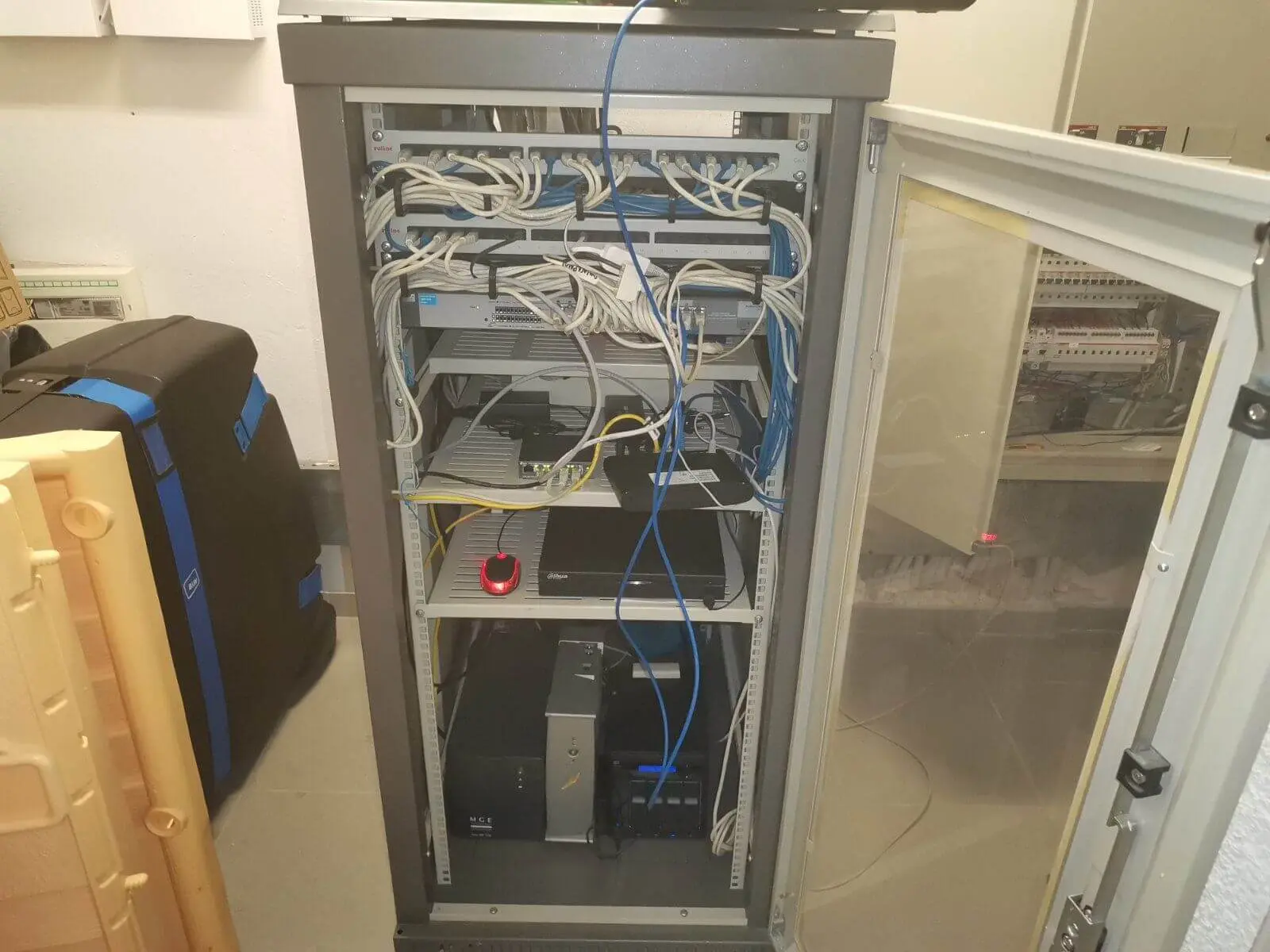
Network rack cab
A structured cabling installation consists of a set of cables and materials (sockets, distributors, etc.) that carry out the transmission of voice and data in a building. Structured cabling installations are "open" architecture, using standard materials and topology according to international standards for design and installation. With a cabling system we can serve the needs of the following:

Thermostat

Safety light

Fire detection system

Fire detection button

Network rack cab
In most cases, the wiring in a new building is not properly planned and predicted, resulting in the installation of cables at various stages of construction. By anticipating the cabling system during the design of a building, we achieve economy, simplification of installation, possibility of future extensions and use of common specifications for all cabling and terminal equipment. All materials intended for structured cabling networks are certified according to their performance in various tests and belong to one of the following categories: